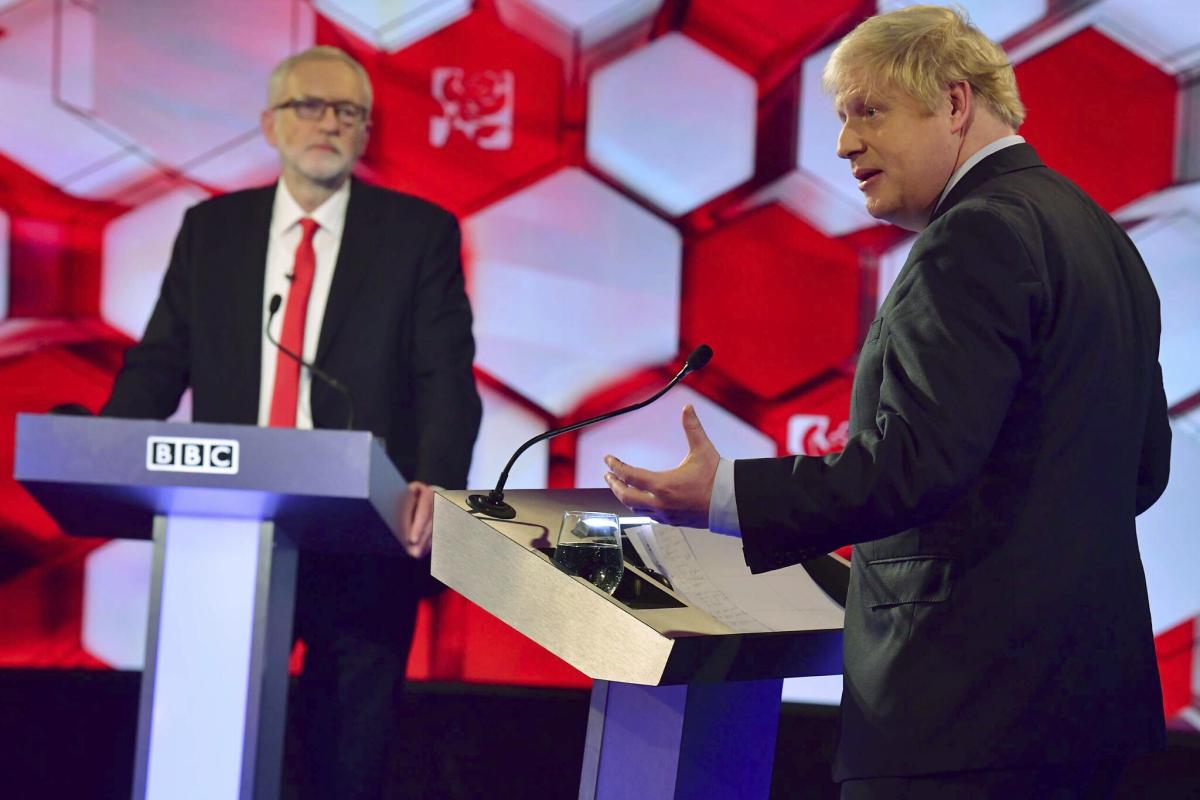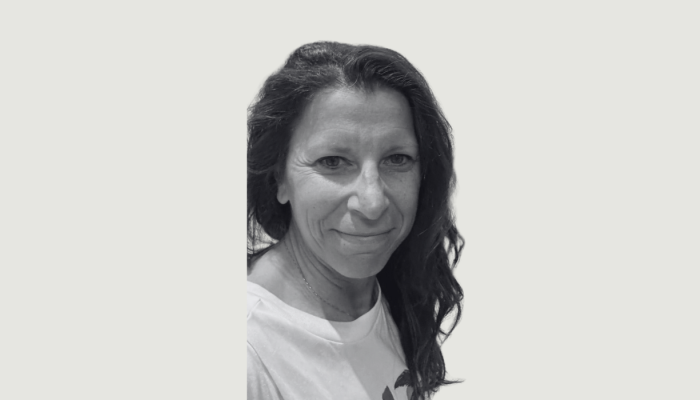The death this year of Lord Bell reminds us that there is a shortage of high-profile advertising experts - the kinds of people who get called by Newsnight and Today editors to offer insights into political campaigning.
Journalists tend to be good at understanding words and poor at understanding how communication works. They tend to think that communication is mainly verbal – yet so much of it is not. In fact, the science suggests most of it is not.
Good analytical questions to ask about communications are:
How do we humans process information?
How are memories formed?
How are brands built?
Boris Johnstone is as much a brand as a politician. So, to understand him it pays to ask people who know how brands are built. These are not topics I have seen much on the Beeb. This may because they are too in love with words to countenance the idea that success in communication is often non-verbal or, as liberal arts graduates, they have not grappled with the science of communication. It’s a pity because there is a lot of good science out there.
Dominic Cummings clearly does understand it. Take an example. His decision to turn “Get Brexit Done” into a piece of visual storytelling. Enter Boris, jabbing at imaginary enemies with boxing gloves and bursting through a wall with a bulldozer. The verbal message had been turned into a visual metaphor - a dynamic and energetic one.
The visual story was this: Boris is muscular and will break through the stasis of Brexit. The BBC dismissed this as 'a stunt', which it was, but they did not analyse the brand strategy behind it. For an example from the history of brand building think of Boris as the Duracell bunny of politics. Remember how that brand was built? The Duracell bunny went on and on and the other bunnies with the weaker batteries fell by the wayside, one by one.
At the end the last bunny standing was Duracell.
This was advertising with a simple verbal claim (“Duracell lasts longer than ordinary batteries”) but it was also advertising that you could watch with the sound turned down and still understand it. This is often a good test of great brand building ad that tells you something essential about how we process information.
The great behaviour scientist, Daniel Kahneman, calls this system 1. We process information fast and instinctively with primacy given to the visual. You could call it our autopilot mode. Thinking hard, such as processing a complex verbal argument, he calls system 2 – and we can’t do much of it before we get tired. You could call it pilot mode. These are universal human truths that apply even to the clever clogs at the BBC.
Here is a beautifully simple visual from Phil Barden’s book Decoded, that sums human processing nicely. You will probably remember it better than my words.
Boris is a famous and mature brand with an instantly recognisable visual asset – an unruly mop of blond hair. Cummings must keep his brand fresh, so I expect he will engineer future visual stories that will add new meaning - with and without the sound turned up.
Expect to see that blond bob and distinctive hunched boxing stance pop up in unlikely locations, because if you want to change the meaning of a brand it is smart for your brand to pop up in surprising contexts. Scotland perhaps.
The evolution of Brand Boris and competitor brands like Brand Long-Bailey and Brand Sturgeon will be one to watch – check out future posts.



